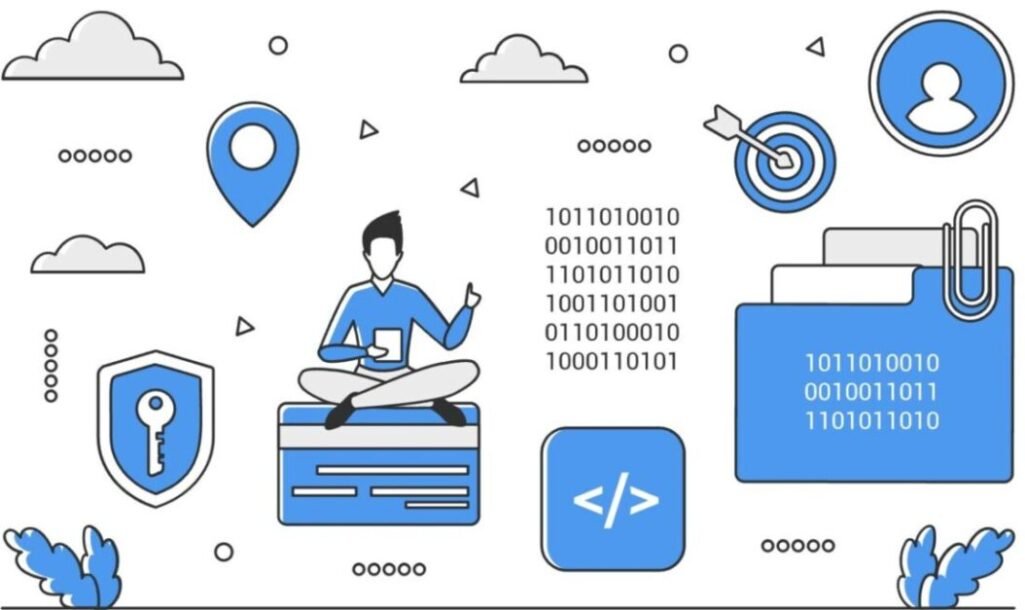Introduction
Natural Language Processing (NLP) is a cornerstone of modern artificial intelligence, enabling machines to understand, interpret, and generate human language in a way that is natural and useful. Over the years, various models have been developed to improve the way machines handle language. Among these, Bidirectional Encoder Representations from Transformers (BERT) stands out as a transformative model that has redefined the capabilities of NLP.
In this article, we’ll dive into the basics of BERT, explore its architecture with coding examples, and discuss its real-world applications while comparing it to earlier models like Recurrent Neural Networks (RNNs) and Transformers.
The Evolution of NLP Models
Recurrent Neural Networks (RNNs)
RNNs were a breakthrough in processing sequential data because they could retain information across time steps, making them effective for tasks like language modeling and speech recognition. However, RNNs suffer from the vanishing gradient problem, which limits their ability to capture long-range dependencies in sequences.
Long Short-Term Memory Networks (LSTMs)
LSTMs improved upon traditional RNNs by introducing gating mechanisms to better manage long-term dependencies. While LSTMs alleviated some of the issues with RNNs, they still faced challenges in processing large sequences efficiently.
Transformers
Transformers marked a significant departure from RNNs by introducing the self-attention mechanism, which allows for parallel processing of input sequences. This innovation addressed the sequential processing bottleneck in RNNs, leading to faster training and improved performance in tasks like translation and summarization.
BERT: A Paradigm Shift
BERT took the strengths of Transformers to the next level by introducing bidirectional training. Unlike traditional models that process text in one direction (left-to-right or right-to-left), BERT considers the entire context of a word by looking at both its left and right sides simultaneously. This bidirectional approach enables BERT to capture nuanced meanings of words in context, making it exceptionally powerful for a variety of NLP tasks.
Understanding BERT
BERT Architecture
BERT’s architecture is based on the Transformer model, but with some key differences that make it unique. The model consists of multiple layers of encoders, each of which is a combination of self-attention and feed-forward neural networks. The self-attention mechanism allows BERT to weigh the importance of different words in a sentence, while the feed-forward layers process the information.
Pre-training BERT
BERT is pre-trained on two tasks:
- Masked Language Modeling (MLM): During training, 15% of the words in the input are masked, and BERT is trained to predict these masked words based on the context provided by the other words in the sentence.
- Next Sentence Prediction (NSP): BERT is trained to predict whether two given sentences follow each other in a text. This helps the model understand the relationship between sentences.
Example: Using BERT in Python
Let’s look at a simple example of using BERT with Python’s Hugging Face library:
from transformers import BertTokenizer, BertModel
import torch
# Load pre-trained BERT model and tokenizer
tokenizer = BertTokenizer.from_pretrained('bert-base-uncased')
model = BertModel.from_pretrained('bert-base-uncased')
# Tokenize input text
text = "BERT is a powerful model for NLP tasks."
inputs = tokenizer(text, return_tensors='pt')
# Perform inference
with torch.no_grad():
outputs = model(**inputs)
# Extract the last hidden states
last_hidden_states = outputs.last_hidden_state
print(last_hidden_states)In this code, we load a pre-trained BERT model and tokenizer from Hugging Face, tokenize the input text, and perform inference to get the hidden states. These hidden states can be further processed for downstream tasks like classification, question answering, and more.
Industry Use Cases of BERT
1. Search Engines
BERT is used by search engines like Google to understand the context of search queries better, leading to more accurate search results. By grasping the subtle nuances of language, BERT helps in returning results that are more aligned with user intent.
2. Customer Support
In customer support, BERT is employed to power chatbots that can understand and respond to customer queries with a high degree of accuracy. Its ability to grasp context allows it to handle complex inquiries that would otherwise require human intervention.
3. Healthcare
BERT is also making waves in healthcare, where it is used to analyze medical records, assist in diagnosis, and even power virtual assistants that can provide medical advice. The ability to understand context is crucial in these applications, where the accuracy of interpretation can have significant consequences.
Comparative Analysis: BERT vs. RNNs vs. Transformers
| Model | Positive | Negative |
|---|---|---|
| RNNs | Effective for sequential data, maintains context over time | Struggles with long-range dependencies, high computational cost |
| LSTMs | Improved long-term dependency handling, mitigates vanishing gradient problem | Still sequential, slower training compared to Transformers |
| Transformers | Efficient parallel processing, excellent for long-range dependencies | Requires more memory, complex architecture |
| BERT | Bidirectional context understanding, state-of-the-art performance across tasks | High computational resources required, complex fine-tuning |
While RNNs and LSTMs were pioneering in handling sequential data, their sequential nature inherently limits their efficiency and scalability. Transformers overcome these limitations by introducing parallel processing and self-attention mechanisms, leading to faster and more accurate models. BERT, built on top of the Transformer architecture, further enhances the model’s ability to understand context deeply, making it the go-to model for many state-of-the-art NLP applications.
Conclusion
BERT represents a significant leap forward in the field of NLP, combining the strengths of Transformers with innovative bidirectional training to achieve unprecedented levels of language understanding. While it requires substantial computational resources, the benefits it brings in terms of accuracy and contextual understanding are well worth the investment, especially in applications where language comprehension is critical.
As NLP continues to evolve, BERT and its successors are likely to remain at the forefront, pushing the boundaries of what is possible in machine understanding of human language. Whether you’re developing a search engine, a customer support system, or a healthcare application, BERT offers a powerful tool to enhance your system’s ability to understand and respond to complex language inputs.

